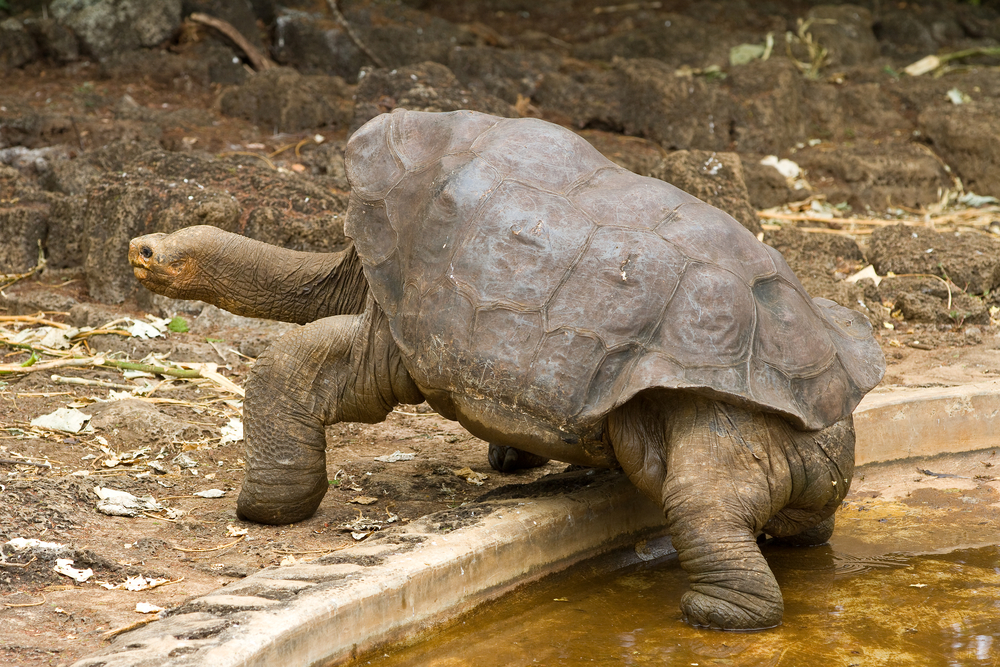Galapagos Tortoise 'Lonesome George' May Have Company

The death of Galápagos tortoise Lonesome George this summer was thought to mark the extinction of a subspecies, but a new study hints that the reptile may not have been the last of his kind after all.
Researchers from Yale University recently trekked to the northern tip of Isabella Island, the largest of the Galápagos, and collected DNA from more than 1,600 giant tortoises. The genetic samples showed that 17 of these tortoises were hybrids that had a parent like Lonesome George from the subspecies Chelonoidis abingdoni.
What's more, five of those hybrids were juveniles, suggesting purebred C. abingdoni tortoises may still be roaming a remote part of the island.
"Our goal is to go back this spring to look for surviving individuals of this species and to collect hybrids," Yale ecology researcher Gisella Caccone said in a statement. "We hope that with a selective breeding program, we can reintroduce this tortoise species to its native home."
But even if examples of C. abingdoni are found on Isabella Island, how did they get there? Lonesome George's species is native to Pinta Island, 37 miles (60 kilometers) across the seas from the Volcano Wolf area on Isabella Island where the hybrid samples were collected.
These tortoises are massive, reaching nearly 900 pounds (408 kilograms) and almost 6 feet (1.8 meters) in length, and the researchers don't think ocean currents carried them between the islands. The team does suspect, however, that 19th-century sailors did.
Volcano Wolf is nearby Banks Bay, where naval officers and whalers marooned giant tortoises picked up from other islands after they were no longer needed for food. Researchers have previously found other hybrid turtles in the region with genetic ancestry of another tortoise, C. elephantopus, which was thought to be lost. This species was native to Floreana Island, where it was hunted to extinction some 150 years ago. But the new evidence suggests several members must have been brought to Isabella Island, where they mated with C. becki tortoises.
Sign up for the Live Science daily newsletter now
Get the world’s most fascinating discoveries delivered straight to your inbox.
The new findings are detailed in the journal Biological Conservation.
Follow LiveScience on Twitter @livescience. We're also on Facebook & Google+.










